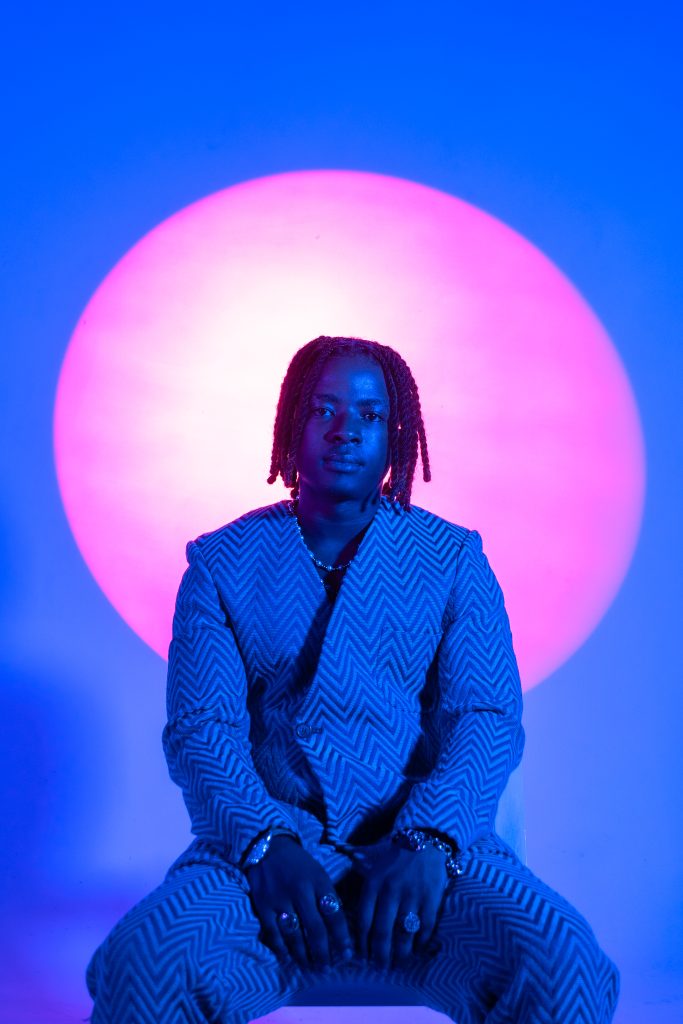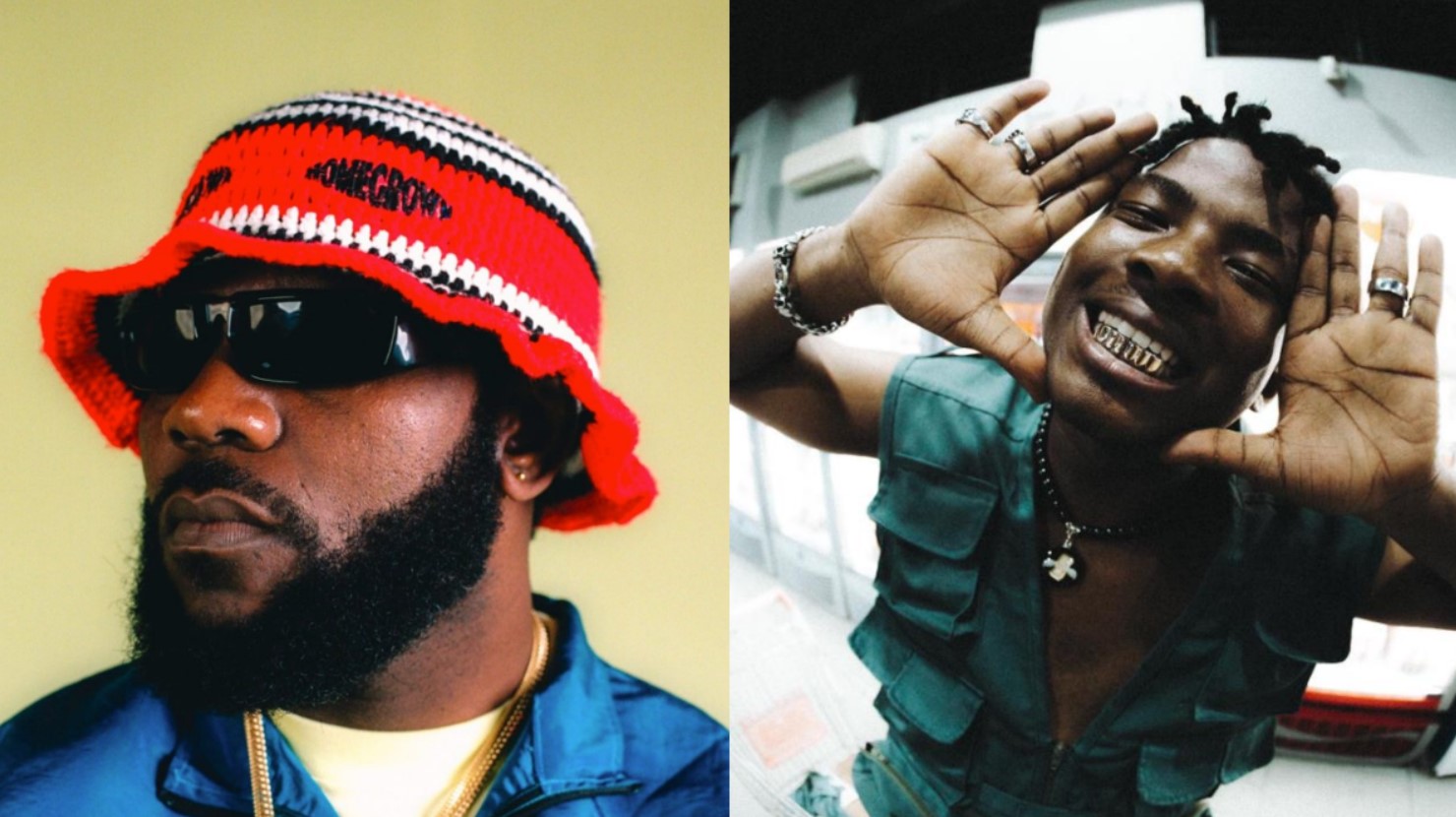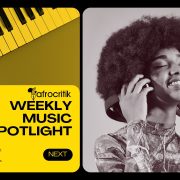The issue at the heart of this debate should not be whether “Cast” qualifies as rap, because it does. However, the real conversation should be whether it qualifies as one of the year’s best rap songs.
By Abioye Damilare Samson
In 2006, Modenine, one of Nigerian Hip-Hop’s most celebrated lyricists, rapped: “I’m killing all you metaphor fathers, you worship my work like Haggis the idol carvers, Afro Hip-Hop, please go meet the barbers [babas]”.
The line, which appeared on “360 Poetry” off his Pentium IX: The Mixtape, was a thinly veiled jab at rappers like Ruggedman, Lord of Ajasa, Mr Raw, and the then-burgeoning Dagrin who were threading a different path by blending Hip-Hop with Afro-Pop rhythms, rapping in their local dialects, and telling raw stories about the underbelly of the city in a way that resonated with the streets.
To Modenine and those who clutched onto a purist vision of Hip-Hop, these artistes represented a dilution of the genre’s essence—boom-bap beats, complex rhyme schemes, punchlines, and wordplay-driven lyricism.
But as the years rolled on, the tide began to shift. Indigenous rap, which was once dismissed as a bastardisation of Hip-Hop, later became one of the most potent forces in Nigerian music, propelled by Olamide, Reminisce, and Phyno, who institutionalised the art of rapping in indigenous languages.
In 2015, the three of them released “Local Rappers”, a song that both heralded and celebrated the rise of their Indigenous Hip-Hop movement. The chorus line, “Streets ti takeover, punchline o ja’wo mo”, which translates to “The streets have taken over; punchlines don’t make money anymore”, sent purists into a spiral.
To them, it was confirmation that real rap was being abandoned in favour of marketable street anthems. But what they failed to grasp then, and what many still fail to grasp now, is that Nigerian Rap was never dying, but instead, simply shedding its old skin and morphing into something that better reflected the pulse of the Nigerian audience.
A recent podcast clip that rekindled this debate is just another chapter in a long-standing conversation. Major AJ, a singer-songwriter, casually dismissed “Cast”, one of the Headies-nominated tracks by Shallipopi featuring Odumodublvck, as “not a rap song”.
According to him, “Odumodublvck wasn’t even rapping, just dropping lamba”. It was a side comment, but its impact was immediate the moment the video was posted. Nigerian music spaces erupted into yet another regular debate about what constitutes rap.
For purists, Major AJ had simply verbalised a truth they had been holding onto about real rap. But those on the other side of the divide pushed back, asserting that rap has always been more about delivery and flow than adhering to any rigid stylistic formula.

As with most debates in music, the reality is more nuanced than either side acknowledges. “Cast” is undeniably a Nigerian rap song. Odumodublvck’s flow on the song is rooted in the traditions of cadence-based rapping, even if his style leans more toward the bounce of UK grime—which he tagged Okporoko, a term he coined to describe his fusion of Hip-Hop, Grime and Drill with street influences—than the punchline-heavy approach purists favour.
However, that does not mean it was necessarily the strongest rap song that could have been nominated. The issue at the heart of this debate should not be whether “Cast” qualifies as rap, because it does. However, the real conversation should be whether it qualifies as one of the year’s best rap songs.
A nomination for the ‘Best Rap Single’ category carries an implicit expectation that the track is a standout representation of the genre. And while Odumodublvck has undeniably had a stellar run, with his grime-infused style shaping a new frontier for Nigerian Rap, it is valid to question whether “Cast” should be nominated as one the most compelling rap submissions of the year.

Nigeria’s rap scene is vast, encompassing a spectrum that ranges from the hardcore lyricism of A-Q and Payper Corleone, to the Street-Hop storytelling of Oladips and the hybrid Trap of PsychoYP.
There were undoubtedly other tracks that could have made the cut, but as we know, award selections—especially at the Headies—are rarely just about technical skill. They mostly factor in cultural impact, streaming numbers, and the overall relevance of an artiste at the time of nomination.
At its core, this debate mirrors the long-standing tension between Hip-Hop’s past and its present. Every generation has its gatekeepers—those who insist that authentic rap must adhere to a particular framework. Even in the U.S, the same conversations have played out for decades: Soulja Boy dismissing Nas, J. Cole critiquing mumble rap, or old Hip-Hop heads questioning the legitimacy of Drake’s sing-song flow.
But if Hip-Hop has taught us anything, it is that its most defining trait is adaptability. From boom-bap to trap, from conscious rap to melodic rap, the genre has never been static. Nigerian Rap is following that same trajectory and the fact that we are having these conversations at all is proof that the genre is alive and evolving in real time.
Abioye Damilare is a music journalist and culture writer focused on the African entertainment Industry. Reading new publications and listening to music are two of his favourite pastimes when he is not writing. Connect with him on Twitter and IG: @Dreyschronicle




